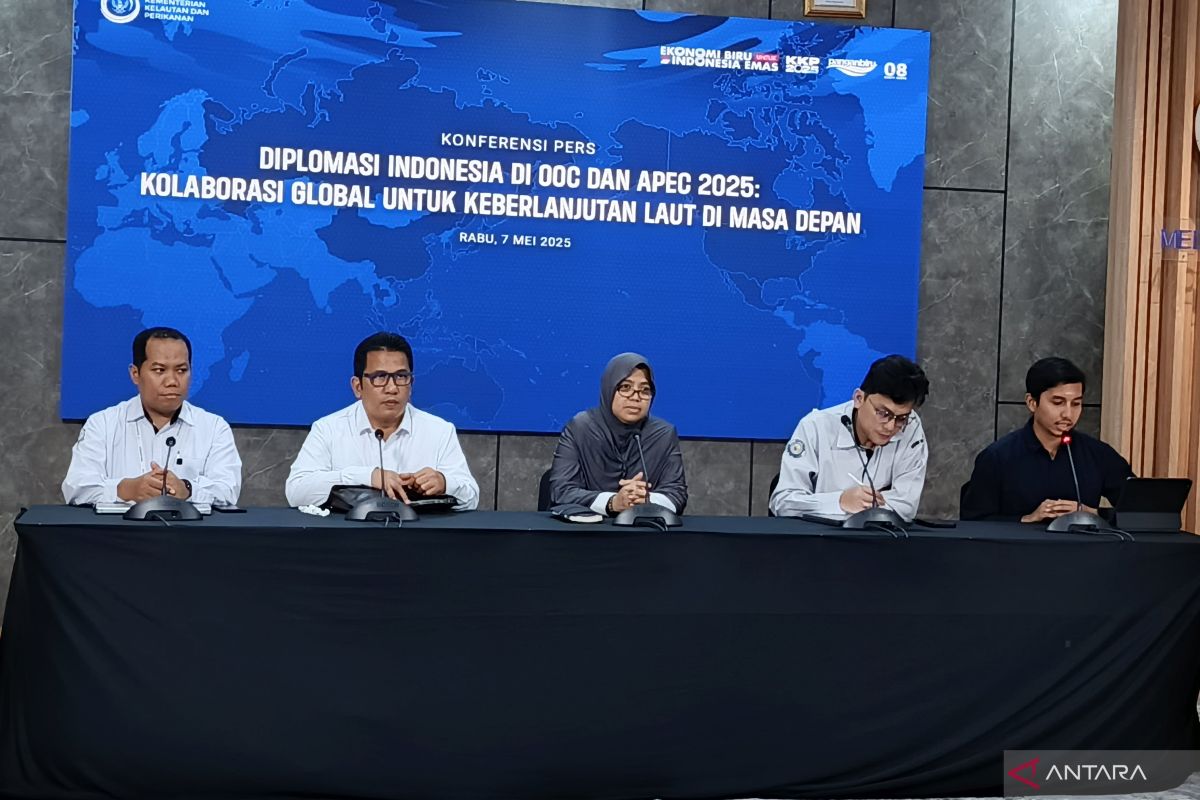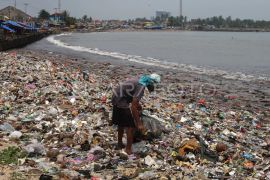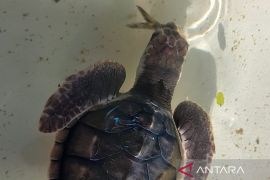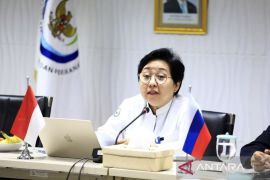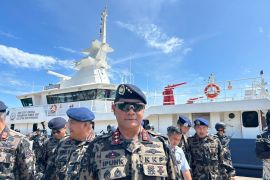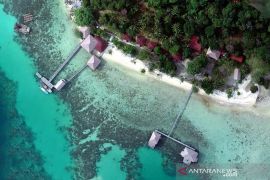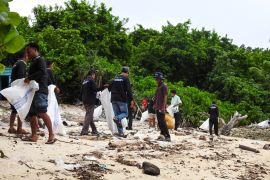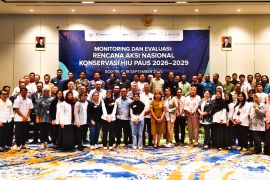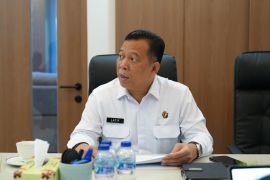According to the ministry’s director general of marine spatial planning, Kartika Listriana, this initiative seeks to realize marine resilience, preserve the marine environment, and support economic growth.
"Integration of marine spatial planning is very important to ensure that the use of the sea is carried out in a responsible, sustainable and equitable manner for all parties, including coastal communities and future generations," she stated during a press conference here on Wednesday.
Alongside expanding conservation areas, the ministry will continue to strengthen blue carbon management by promptly calculating the blue carbon value of seagrass beds in 20 marine conservation areas, launching a blue carbon network and database, strengthening collaboration and cooperation in international forums, as well as formulating policies and guidelines for carbon management.
This year, the ministry will also increase the effectiveness score of marine conservation area management by 5 percent annually, as well as complete the zoning plan document and ratify regulations related to zoning plans between regions.
"We have also implemented a pilot project for the development of the Seaweed Cultivation Village in Wakatobi, which will be followed in Maluku and Rote Ndao, as an implementation of sustainable fisheries. We will also build an ocean monitoring system and 15 marine protected areas by 2027,” she stated.
The Ministry of Marine Affairs and Fisheries reported that as of 2024, conservation areas covered 29.9 million hectares, accounting for 9.2 percent of Indonesia's sea area, surpassing the initial target of 29.3 million hectares.
Related news: Indonesia develops alternative funding to support marine conservation
Related news: Ministry adds two conservation areas to boost blue economy
Related news: Indonesia explores coral reef insurance for conservation funding
Translator: Ahmad Muzdaffar Fauzan, Yashinta Difa
Editor: Azis Kurmala
Copyright © ANTARA 2025
